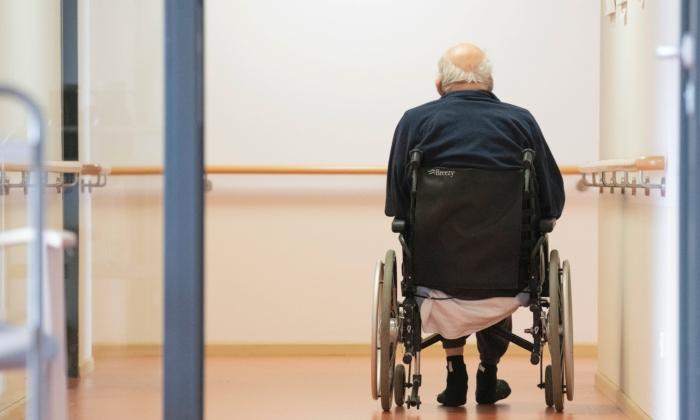The National Cabinet has committed to building 1.2 million new homes over five years starting next July in a bid to increase supply and improve affordability amid a housing and cost of living crisis.
It’s a plan that will see 200 thousand more builds than previously agreed to in the National Housing Accord by states and territories last year.
“This is an urgent housing crisis that we’re in as a country, and the federal government is tackling this at every possible angle,” said Home Affairs Minister Clare O'Neil in a Sunrise interview.
She blames the former Liberal government for inaction on housing over the last decade. However, the Greens have been at odds with Labor over housing and have demanded rent and interest rate freezes.
But despite some opposition, Prime Minister Anthony Albanese promised $10 billion to build social housing as a part of the Housing Australia Future Fund.
The federal government has now earmarked an additional $3 billion for The New Home Bonus for states and territories to meet a “well-located home target” under the accord.
To meet the target on housing, local and state governments will also have access to a $500 million State Housing Program. It will help connect essential services and amenities to support new housing developments or building planning capability. That works out to roughly $15,000 for each new home build.
Migration and Rentals Also Addressed
First Ministers have also agreed on measures to “better coordinate Australia’s migration settings.”The government says it’s to develop a “principles-based, multi-year planning model for migration, to improve collaboration with states and territories on migration settings.”
Another agreement the First Ministers have made is “A Better Deal for Renters” to strengthen rental rights across the country. It will see a national policy regarding eviction laws, limiting rent increases to once a year and “phasing in minimal renting standards.”
The Better Deal for Renters will also implement a ban on soliciting rent bidding, will change some of the rules for those experiencing domestic violence and limit break lease fees for fixed-term agreements.
The Prime Minister’s Office, as a part of the National Cabinet’s commitment to increasing housing, has released a list of initiatives under a National Planning Reform Blueprint.
It includes several measures that promote medium and high-density housing in well-located areas close to existing amenities like public transportation.
Housing Affordability Has Reached a Historic Crisis Point
The highest mean price for a residential property in the country is in New South Wales at a staggering $1,150,400, according to the Australian Bureau of Statistics’ latest numbers.The runner-up is the Australian Capital Territory at $951,800, followed by Victoria at $898,300.
Nationally, the mean price of residential dwellings rose by $8,500 to $896,000 this quarter.
In fact, the total value of residential dwellings rose in all states and territories except Tasmania, the Northern Territory and the Australian Capital Territory in the last quarter.
The number of residential dwellings did increase nationally by 52,000 to over 11 million, according to the bureau.
A record was broken in the December quarter of 2021 when residential property prices rose 23.7 per cent. The bureau says that was “the strongest annual growth since the Residential Property Price Index series began in the September quarter 2003.”






